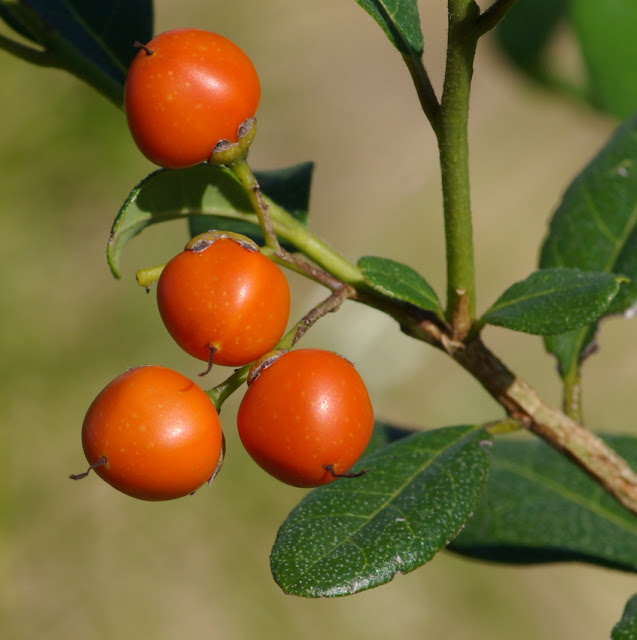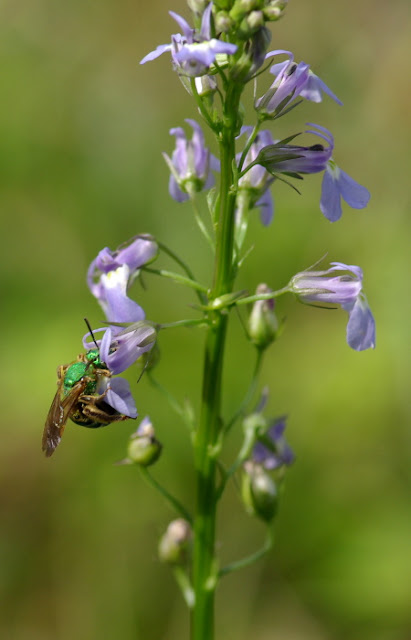Warning: Antigonon leptopus is listed as a Category 2 invasive pest plant by the Florida Exotic Pest Plant Council. It is included here only as an aid to identification and not to promote its cultivation in any way whatsoever.
Coral vine, Antigonon leptopus, is a vigorous, long-lived, evergreen, tendril-climbing vine native to Mexico and possibly also to western Guatemala. It grows from large, tuberous roots and is extremely difficult to eradicate since any piece of the tubers left in the ground can produce a new plant. It is capable of tolerating extreme adversity, such as prolonged drought, once it is established since it will die back to the ground and sprout new stems once conditions have ameliorated. The heart-shaped leaves are deeply veined and the plant bears pretty pink, or rarely white, flowers during the warmer months of the year, or nearly year around in warm climates.
Coral vine grows aggressively and can produce a smothering blanket over trees as high as 40 feet. It is usually found in disturbed sites but is occasionally found along the edges of forests, where it tolerates a wide range in the level of light and soil moisture. The image shows a plant that is established behind the nature center building at Okeeheelee County Park in Palm Beach County, Florida. Nearly all of the foliage in the image belongs to a non-native Dioscorea species (wild yam), probably Dioscorea alata, which is another non-native vine that is listed as invasive in Florida. Also visible in the image is the foliage of the native shrub, myrsine (Myrsine cubana), and the native vine, wild grape (Vitis rotundifolia).








